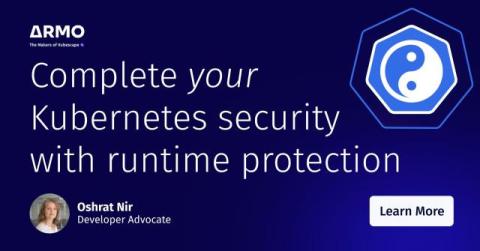ARMO selected by Orange Business to Secure its Managed Kubernetes Services
We’re honored to share a new partnership with Orange Business (Norway), a global leader in digital services. ARMO was selected to secure Orange Business’ new Managed Kubernetes Service (MKS) with ARMO’s advanced runtime-driven cloud security platform. This collaboration marks a significant milestone in delivering robust security solutions for on-premises Kubernetes environments for Orange Business.











